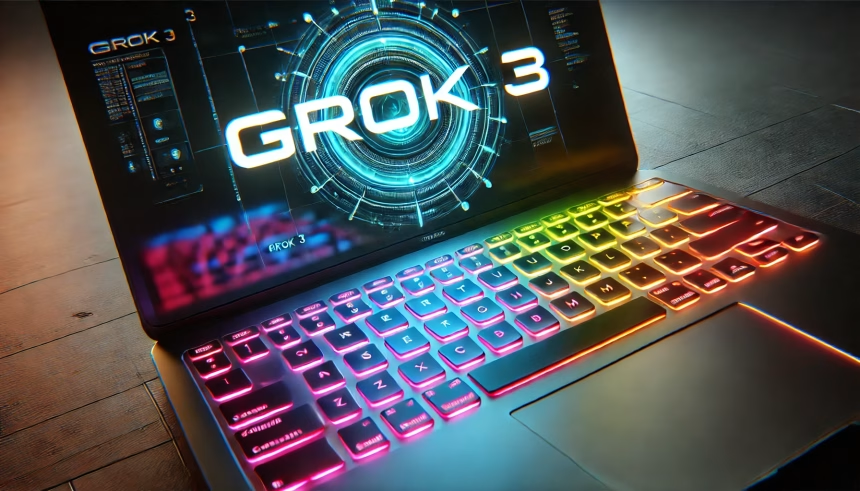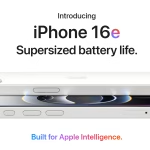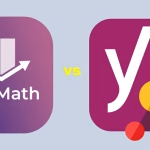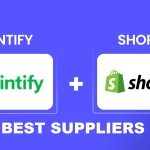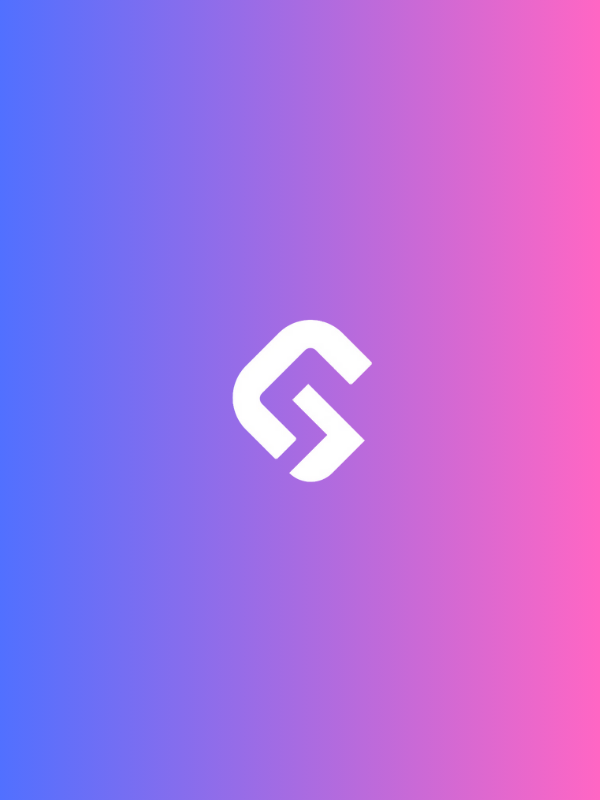What if I told you there’s a new AI model that might just make your life easier, no matter if you’re coding, researching, or solving brain-busting puzzles? Enter GROK 3, the latest AI model everyone’s talking about.
It’s promising faster performance, smarter reasoning, and tools that might make OpenAI, DeepSeek, and Google raise an eyebrow. But does it live up to the hype? Let’s dive into the experiments, the surprises, and the occasional hiccups.
What Makes GROK 3 Different?
GROK 3 boasts two new features: Deep Search and Think. Think of Deep Search as your go-to librarian—it digs through sources to find the information you need.
Meanwhile, Think is all about reasoning—solving problems step by step like a brainy detective.
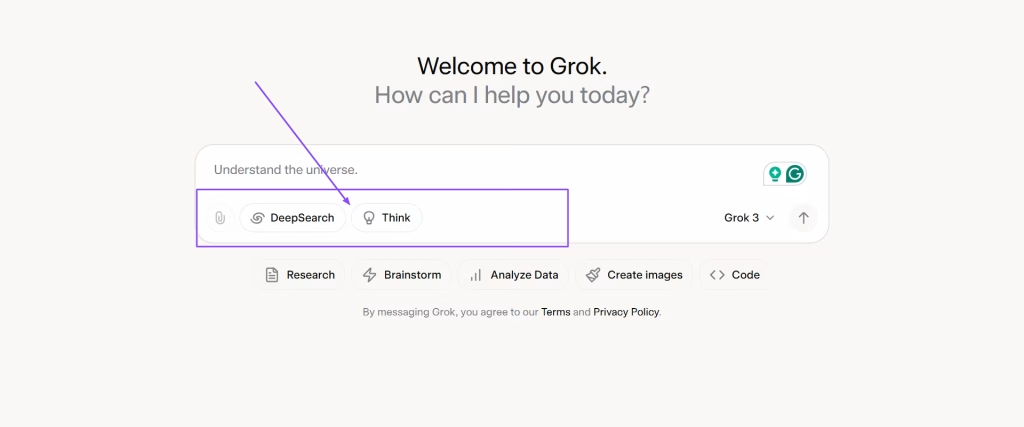
Together, they aim to bring precision and logic to the mix, making the model more versatile than its predecessors.
While Think wasn’t fully available at the time of this test, there was plenty to explore with Deep Search mode and some creative coding challenges.
Testing GROK 3: What’s on the Menu?
To put GROK 3 through its paces, a series of experiments were conducted:
- A Coding Test: Build a PDF extraction app capable of following links and visualizing them as a “spider web.”
- Deep Search vs. Perplexity: Compare how GROK 3 handles research tasks to other AI models.
- Reasoning Puzzle: Tackle a famous river-crossing puzzle but with a tricky twist.
Let’s break them down one by one and see how GROK 3 performed.
Building a PDF Source Extraction App
Ever needed to extract every URL from a PDF, follow the links endlessly, and then visualize their connections? It sounds like a headache waiting to happen, but that’s exactly what this test aimed to simplify.
Step 1: Extracting URLs from PDFs
The app’s first task was straightforward: take a PDF, scan it for URLs, and display it in a clean list. Imagine uploading a research paper and instantly having all its references turned into clickable links.
The initial results were promising. The app quickly processed the PDF and displayed a structured list of URLs.
Clicking on a link initiated a deeper dive into nested URLs but, alas, downloading some linked PDFs ran into hiccups. That called for fixing the code to include a server workaround.
Step 2: Creating a Visual Node Spider Web
Here’s where things got exciting. Instead of just lists, imagine a colorful map showing how every source connects to the next. Nodes represent URLs, and lines show their relationships—a research rabbit hole, turned visual!
Once the HTML was updated, GROK 3 rendered a beautiful interactive map. You could zoom in, click nodes, and follow how everything connected.
Sure, the design wasn’t flawless—some minor UI tweaks were needed—but the functionality was spot on. And honestly, watching it work was oddly satisfying.
Verdict of Coding with GROK 3
Was it groundbreaking? No. But it was fast, reliable, and handled nested links and visualizations well. The fact that it worked so seamlessly right out of the gate earns GROK 3 some brownie points.
Deep Search: A Researcher’s New Best Friend?
Now let’s talk about Deep Search, GROK 3’s answer to in-depth information retrieval. To truly compare, the same research queries were thrown at both GROK 3 and a known competitor, Perplexity AI.
The Challenge: API Pricing Research
Imagine you’re hunting for pricing details on various AI tools. The task was to list the prices for OpenAI o3‑mini, DeepS R1, CLO 3.5, and Gemini 2.0 Flash. GROK 3 started browsing, gathering data from multiple sources, and displaying citations alongside results.
Results: GROK 3 managed to get 3 out of 4 prices correct—solid, but not perfect. Perplexity AI, on the other hand? It only nailed 2 out of 4 and took significantly longer. GROK 3 was quicker and more accurate, though there’s still room for improvement.
Deep Search: A Quick and Clean Interface
The interface deserves a mention here. GROK 3 showed the sources it pulled data from—in a clean, professional layout, making it easier to verify the results.
Speed-wise, it processed queries much faster than Perplexity AI, shaving minutes off the waiting time.
The River-Crossing Puzzle: Time to Flex the Reasoning Muscles
Here’s where things got fun. If you’ve heard of the classic river-crossing puzzle, you know it’s a logic game with a farmer, a goat, a wolf, and a cabbage. This test took a playful twist—it changed the puzzle slightly to see if GROK 3 could break free from its training data and offer a fresh solution.
The Prompt: A man and a goat need to cross a river. There’s a wolf and a cabbage left on the other side. The man only has a boat and needs to figure out a way to bring the goat over without endless trips or mishaps.
What did GROK 3 do? It nailed the correct answer with flying colors—no unnecessary overthinking or getting stuck in patterns from traditional logic puzzles. Confidence score? A solid 95%. Not bad!
What about other models? They struggled. Both GROK 2 and GPT-4 fell into the trap of making the farmer take multiple trips when a simpler solution existed. GROK 3’s thinking was refreshingly efficient.
Preview of the “Think” Feature
Unfortunately, the Think mode—a reasoning-enhanced feature—wasn’t available for testing. However, from what’s been teased, it could be a game-changer for complex problem-solving. Think of it as GROK 3 shifting gears into a logical powerhouse when things get tricky. Fingers crossed we’ll get hands-on access soon.
Final Thoughts on GROK 3
So, is GROK 3 “the best AI available”? Maybe not yet, but it’s showing some serious potential. Whether you’re a content creator looking to organize references, a researcher trying to dig deep, or an AI enthusiast conducting experiments, GROK 3 delivers a smooth and capable experience.
Here’s why you might want to keep an eye on it:
- Speed: It’s fast—whether you’re coding or running deep research queries, you won’t be left waiting long.
- Flexibility: From structured lists to visual maps, it adapts to creative challenges.
- Accuracy: While not perfect, it outperformed its competitors in testing scenarios.
If you have access to the premium version, it might just be worth giving GROK 3 a spin. And for the rest of us? Here’s hoping for widespread access soon!
FAQs
What is GROK 3?
GROK 3 is a language model with new features like Deep Search for data retrieval and Thinking for problem-solving.
Is GROK 3 worth it for content creators?
Yes! Its ability to organize and visualize information makes it valuable for creators juggling tons of research sources.
How does GROK 3 compare to OpenAI’s ChatGPT?
It’s hard to say definitively, but in these tests, GROK 3 performed faster and slightly more accurately than some OpenAI competitors.
Can I use GROK 3 for free?
Currently, you’ll need premium access, but there may be free versions down the line.
What’s next for GROK 3?
Full access to the Think feature and an API release are highly anticipated—stay tuned.

